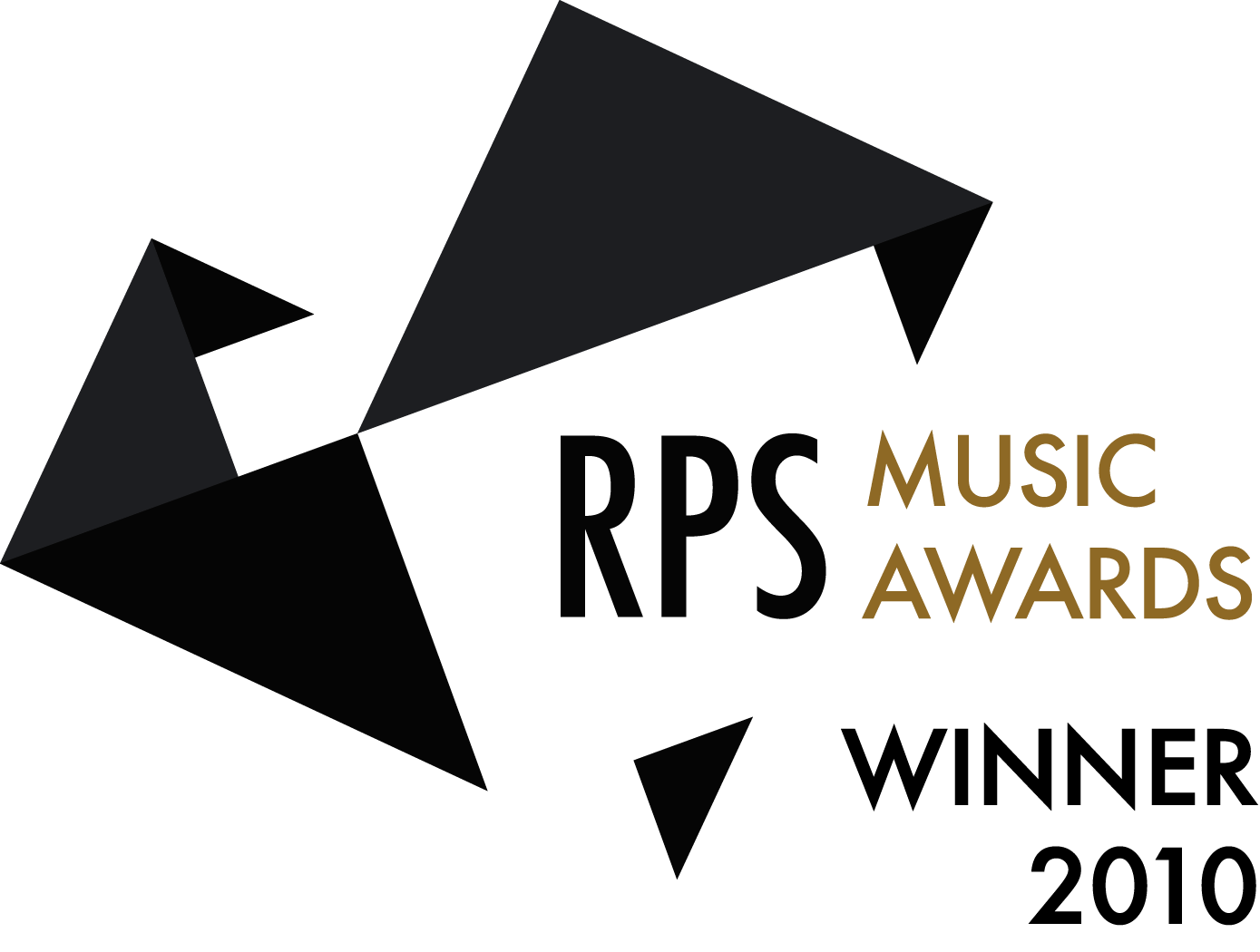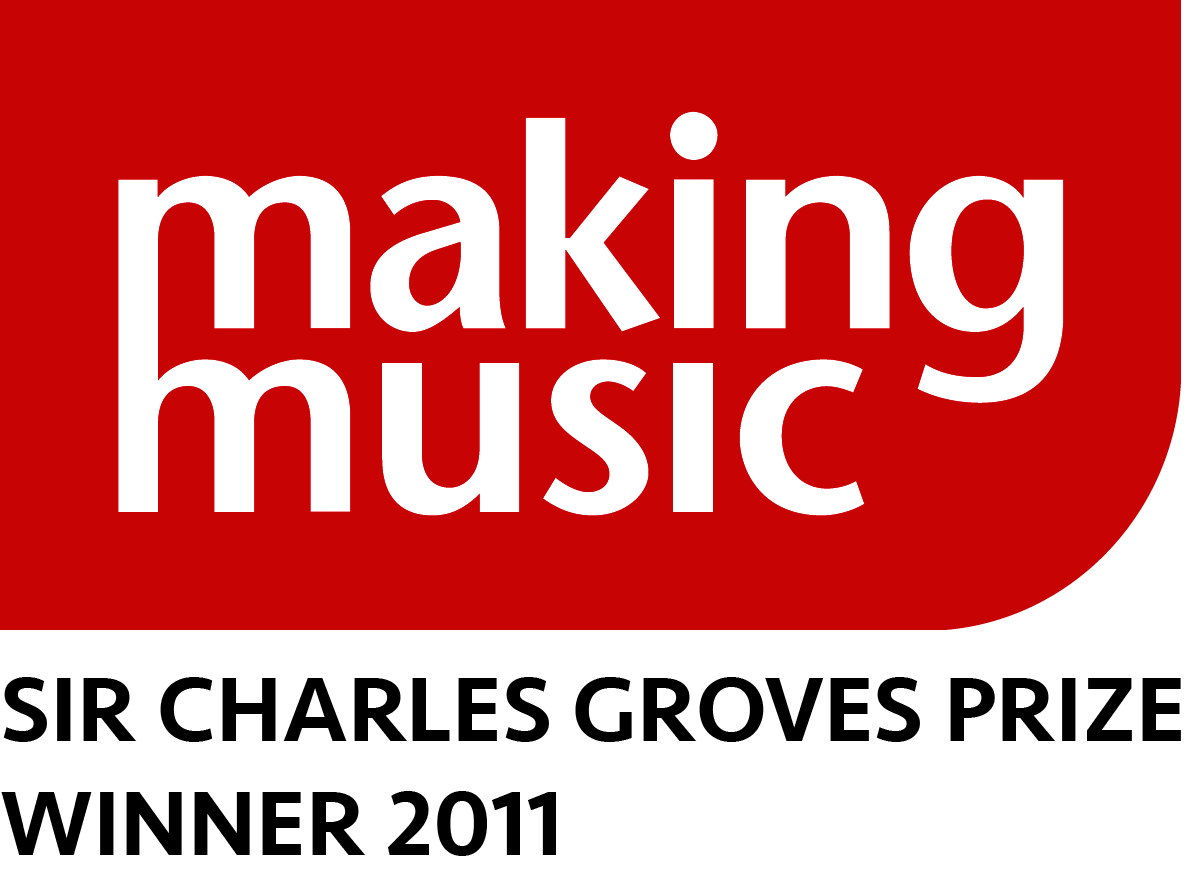Track title
Activity ideas based around the song
Listening and talking points:
There are LOTS of different versions of this traditional song from the USA and it would have originally been played by a 'Jug Band'. The music they played would be learnt and played by ear. The players in a 'Jug' band would use a combination of instruments, some 'real' instruments e.g. a guitar and some made from things you'd find at home like a wash tub and board, spoons, a comb and paper and a jug. Players would blow into the jug to make a sound and alter the air pressure to change pitch. Jug bands played a mixture of blues, ragtime and jazz and are said to be closely linked to the development of rock and roll.
Here are three very contrasting arrangements from 1929, 1958 and 2014. Take a listen and consider the questions below.
- Pokey LaFarge's Central Time Tour (2014): https://youtu.be/QqmGJcGZhZU
- Frankie Lymon (1958): https://youtu.be/076WrfWA77g
- Tampa Red’s Hokum Jug Band (1929): https://youtu.be/Jyo_kTR2Naw
- What things doesn’t ‘Mama allow’ in each of the versions? Each version varies and the things ‘Mama don’t allow’ changes, even between different verses. See how many you can list.
- What clues are there (other the dates above!) that give away whether the recording sounds old or new?
- How/why do you think the music changed so much over time?
- How many instruments can you name in the Pokey LaFarge version?
- Which version is your favourite and why?
Learn the body percussion:
- The body percussion is in the style of ‘Hambone’ - rhythmic knee and chest slapping. This is another way of creating music from what you have available, and in this case it's your own body! Have a watch of this example by John Dee and Dom Flemons: https://youtu.be/6mOd4PheLTA to get the idea.
- Do a warm-up: Stretch your arms to the sides then clench and release you fists stretching your fingers really wide.
- Learn the body percussion by following along in the teaching video or by using the instructions below. Choose one side of the body to start (either is fine).
- The pattern: tap right-thigh with right-hand, lift right-hand up to tap palm of left-hand then take your right-hand back down to tap your thigh a second time. Swap sides and tap left-thigh with left-hand, lift left-hand up to tap the palm of your right-hand then take your left-hand back down to tap your thigh a second time. Repeat this whole sequence (both sides) one more time followed by one tap on right-thigh (with right-hand) and one tap left-thigh (with left-hand). Then you start the whole thing from the beginning. Here is one whole time through written out in a grid. Note that the ‘and’ after beats 7 and 8 are rests.
Count | 1 | and | 2 | and | 3 | and | 4 | and |
Body percussion | thigh (r) | hands (r) | thigh (r) | thigh (l) | hands (l) | thigh (l) | thigh (r) | hands (r) |
Count | 5 | and | 6 | and | 7 | and | 8 | and |
Body percussion | thigh (r) | thigh (l) | hands (l) | thigh (l) | thigh (r) |
| thigh (l) |
|
- You can play this rhythm ‘straight’ or ‘swung’. To play ‘straight’ keep all the notes an even length and ‘robotic’. To ‘swing’ the rhythm (as in the video) slightly lengthen the beats written as numbers and shorten the beats written as ‘and’. The example in the video is ‘swung’ and feels bouncy due to the longer/shorter pattern of the notes.
- For a challenge learn both parts individually then slowly put both parts together, gradually picking up the speed. Once you’ve got it secure sing or play along to either the performance audio track or the video versions above.
Compose your own body percussion challenge:
Take inspiration from these groups to create a drum beat to accompany your ‘own choice’ song.
- Shape of you by Ed Sheeran, Body Percussion version by Bharat Verma https://youtu.be/5Os_Pc86vpA
- Stay by Zedd ft. Alessia Cara – Water bottle version https://youtu.be/VrdFRdPM7-M
Some tips to get going:
- Choose a favourite song that has a strong beat.
- Pick out the main beat and clap it out.
- Next think about the sounds that make up the beat. Chances are the beat will be made up of low and high sounds.
- Select some objects to make sounds with (including your body!). Try and find a range of materials e.g. plastic bottle, pen, glass, glasses case, DVD box - typical things you will find around your house. Find at least 10 sounds you can make on your body and with your found objects. Start with the obvious: clap, click, stamp and then experiment further – be adventurous!
- Next identify which of the sounds are high sounds and which are low e.g. a pen on a glass will be higher than a foot stamping on the floor. Tapping your chest with the palm of your hand will probably sound lower than clicking your fingers.
- Recreate the beat of your chosen song using a small selection of the sounds you’ve found. Try and match them in pitch, high and low. Practise your beat along with the audio of your song until you are well-rehearsed. To mix it up a bit you might want to make a second pattern to add in for variety or maybe change your pattern for the different sections of the song such as the verse and chorus.







